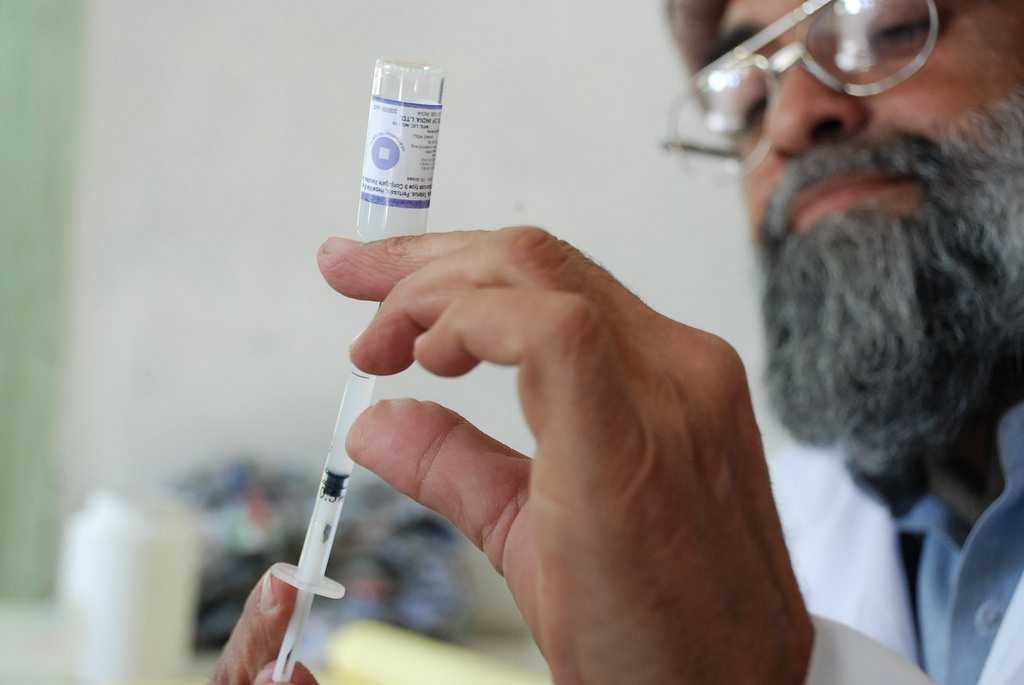Michigan Medicine study published in British Medical Journal highlights extent of antibiotic overuse
One in 10 children and about one in six adults with private insurance received antibiotics they didn’t need at least once in 2016, a new Michigan Medicine study suggests. Antibiotic overuse has been a long pending problem the world over.
Overall, 1 in 7 patients received unnecessary antibiotics, researchers found. Among outpatient antibiotic prescription fills by 19.2 million privately insured U.S. children and adults ages 18-64 in 2016, 23 percent were not medically justified, 36 percent were potentially appropriate, and 28 percent were not associated with any documented diagnosis.
The research, which provides the most recent and comprehensive estimates of outpatient antibiotic appropriateness to date among privately insured patients, was published in the British Medical Journal.
About 7.6 million (40 percent) of the 19.2 million enrollees filled at least one antibiotic prescription in 2016, and 2.7 million (14 percent) filled at least one inappropriate prescription
“Antibiotic overuse is still rampant and affects an enormous number of patients,” says lead author Kao-Ping Chua, M.D., Ph.D., a researcher and pediatrician at University of Michigan C.S. Mott Children’s Hospital and the U-M Institute for Healthcare Policy and Innovation. “Despite decades of quality improvement and educational initiatives, providers are still writing antibiotic prescriptions for illnesses that would get better on their own.”
About 7.6 million (40 percent) of the 19.2 million enrollees filled at least one antibiotic prescription in 2016, and 2.7 million (14 percent) filled at least one inappropriate prescription.
Among the 14.6 million adult enrollees, roughly 2.2 million (15 percent) filled at least one inappropriate antibiotic prescription in 2016, compared to 490,745 (11 percent) of the 4.6 million children. Antibiotics were most commonly overprescribed for bronchitis, the common cold, and related symptoms such as cough – conditions that the medicine does not improve.

Of the 3.6 million inappropriate antibiotic prescription fills, 71 percent were written in office-based settings, 6 percent in urgent care centers, and 5 percent in emergency departments.
In children, antibiotics are the leading cause of emergency room visits for adverse drug events, according to a recent Centers for Disease Control and Prevention study. Potential side effects include allergic reactions, fungal infections and diarrhea.
Long term, Chua says, the biggest concern is that antibiotic overuse is contributing to the development of antibiotic-resistant bacteria, causing illnesses that were once easily treatable with antibiotics to become untreatable and dangerous. Each year in the U.S., 2 million people are affected by antibiotic-resistant infections and 23,000 die, according to the Centers for Disease Control and Prevention.
The study found that the rate of antibiotic prescriptions is 805 per 1,000 people. National data indicate that around 270 million antibiotic prescriptions are filled every year.
“Antibiotic resistance is one of the greatest threats to public health in the world, and the large number of antibiotics that providers prescribe to patients are a major driver of resistance,” Chua says.
“Providers urgently need to eliminate prescribing that isn’t needed, both for the sake of their patients and society.”
Chua notes several possible explanations for inappropriate prescriptions. In some cases, patients may ask for a prescription to reduce suffering, particularly if they have been inappropriately prescribed antibiotics in the past in similar situations, leading them to believe antibiotics are necessary.
In other cases, doctors may truly be unsure about the diagnosis.
“Providers are well meaning and want to care for their patients the best way they can,” Chua says. “It’s sometimes difficult to differentiate between a cold and a bacterial sinus infection. Diagnostic uncertainty is definitely one factor.
Chua also notes that the percentage of prescriptions that are unnecessary may be much higher than what the numbers show. Three in 10 fills were not associated with any documented diagnosis. These could include cases where a doctor prescribed an antibiotic over the phone without an office visit based on descriptions matching an infection requiring antibiotics. The 36 percent of fills considered potentially appropriate were also written for conditions that only sometimes need antibiotics, like sinusitis.


